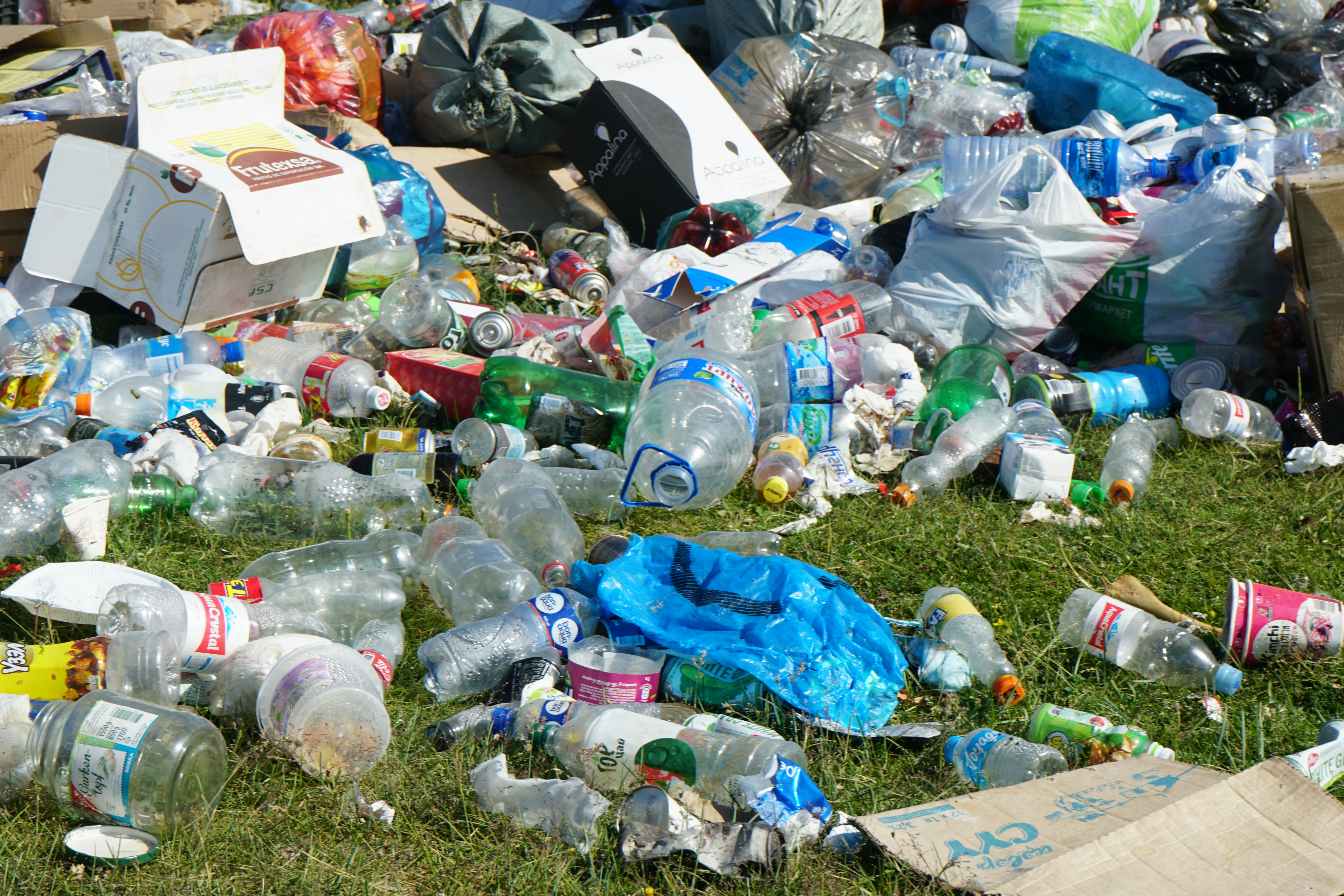Media release
From:
A global inventory of macroplastic pollution down to city scale
A comprehensive city-scale inventory of macroplastic pollution, published in Nature, reveals hotspots of plastic waste pollution across over 50,000 cities globally. The findings provide insights into the nature, extent and causes of plastic pollution, and may be helpful for the development of national and sub-national strategies to eliminate plastics from our environment.
Plastic pollution poses a pressing global challenge and demands immediate action owing to its environmental persistence and negative impact on ecosystems and society. A global inventory of plastic pollution is helpful for understanding the scale of the issue and providing an evidential basis for effective interventions. Traditional models usually use national-level data, but information from sub-national analyses is limited.
To address the problem, Costas Velis and colleagues created a macroplastic pollution inventory by using data from various waste management systems, machine learning and material flow analyses to understand where plastic waste ends up and how it gets there. They quantified and monitored plastic pollution at city level for 50,702 cities all over the world. On the basis of their results, the researchers estimated that 52.1 million metric tonnes per year of macroplastic waste were discharged into the environment, with around 57% open burned and 43% unburned debris. Littering is the largest source of plastic pollution in the Global North, whereas uncollected waste is the dominant source across the Global South. The results also showed that plastic pollution emissions are highest across countries in Southern Asia, sub-Saharan Africa and South-eastern Asia. India has emerged as the biggest emitter of plastic waste, accounting for nearly one-fifth of global plastic emissions.
The authors suggest that the findings improve our understanding of macroplastic generation and transport and could provide evidence for a more comprehensive assessment of potential interventions and the development of more targeted and feasible strategies to tackle plastic pollution.



 International
International



